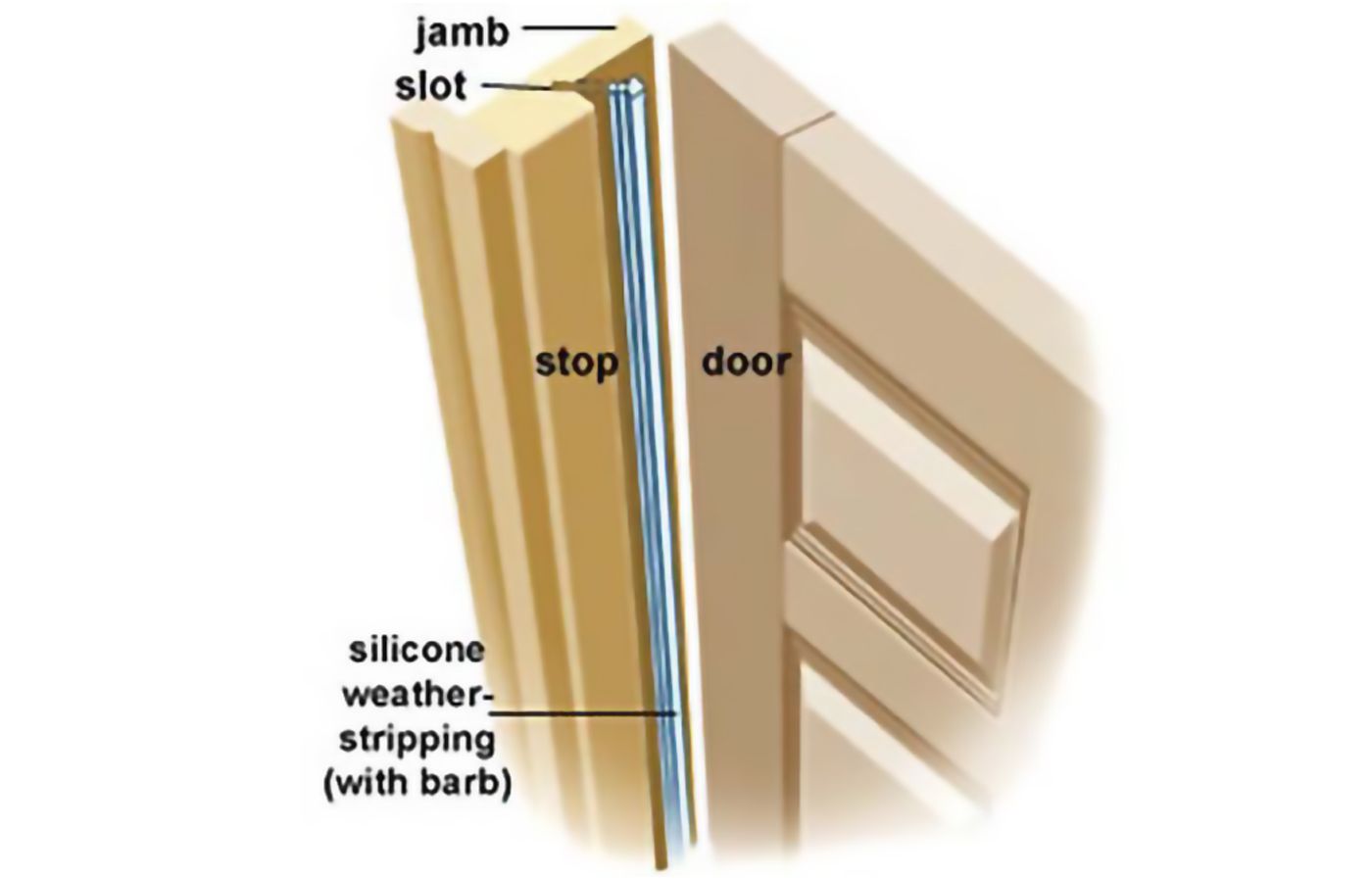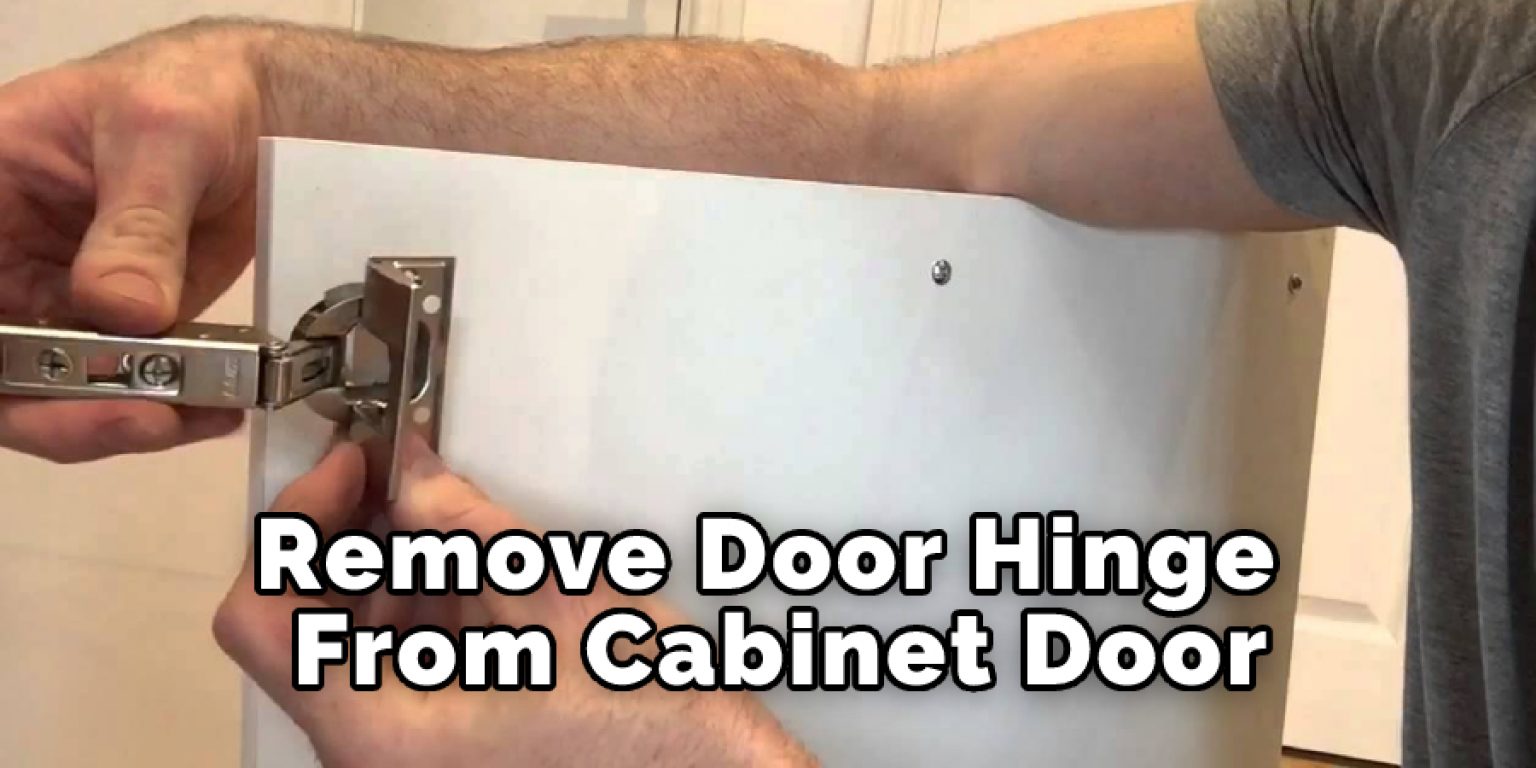Choosing the Right Sealant for Cabinet Doors

The choice of sealant is paramount in ensuring a lasting, water-resistant, and aesthetically pleasing finish to your cabinet doors. A poorly chosen sealant can lead to unsightly cracks, peeling paint, and even structural damage over time. The correct sealant depends heavily on the material of your cabinet doors and the specific needs of your project.
Sealant Properties and Suitability
Selecting the appropriate sealant requires careful consideration of several factors. Three common sealant types—silicone, caulk, and wood glue—each offer unique properties, advantages, and disadvantages. Silicone sealants, known for their exceptional flexibility and water resistance, are ideal for sealing gaps around exterior doors or those exposed to moisture. However, their strong adhesion can make them difficult to remove later. Caulk, typically less expensive and easier to apply than silicone, provides a decent seal but offers less durability and water resistance. Wood glue, best suited for wood-on-wood joints, offers strong adhesion but lacks the flexibility and water resistance needed for many cabinet door applications. The material of your cabinet door—wood, metal, or laminate—will significantly impact your sealant choice.
Sealant Comparison Table
The following table summarizes the suitability of different sealants for various cabinet door materials:
| Sealant Type | Wood | Metal | Laminate | Expected Lifespan (Years) |
|---|---|---|---|---|
| Silicone | Good (with primer) | Good | Fair | 10-15 |
| Acrylic Caulk | Fair (with primer) | Fair | Poor | 5-7 |
| Wood Glue | Excellent (for internal joints) | Not Suitable | Not Suitable | Variable, depends on bond strength |
Surface Preparation Before Sealant Application
Proper surface preparation is crucial for achieving a strong, lasting seal. Neglecting this step can lead to sealant failure. The process generally involves three steps: cleaning, sanding, and priming (where necessary). First, thoroughly clean the cabinet door surface using a degreaser and a soft cloth to remove any dirt, grease, or old sealant. For wood doors, lightly sand the surface to create a slightly rough texture for better sealant adhesion. Sanding also helps remove any loose paint or varnish. For metal doors, cleaning is usually sufficient. Priming is particularly important for porous materials like wood. A suitable primer will improve sealant adhesion and prevent the wood from absorbing the sealant, resulting in a stronger, more even seal. For example, using a wood primer before applying silicone sealant to a wooden cabinet door significantly improves the sealant’s longevity and prevents it from cracking or peeling. For metal, a metal primer might be considered depending on the type of sealant and the specific application. For laminate, a dedicated laminate primer is recommended.
Methods for Sealing Cabinet Doors
Sealing cabinet doors is a crucial step in ensuring their longevity and preventing damage from moisture, insects, and other environmental factors. The method you choose will depend on the specific problem you’re addressing – a small gap, a porous edge, or complete waterproofing. Selecting the right sealant is only half the battle; proper application is equally vital for a successful outcome. This section details three distinct methods for effectively sealing your cabinet doors.
Filling Gaps
Gaps between cabinet doors and frames are common and can lead to drafts and aesthetic imperfections. Filling these gaps effectively requires careful selection of filler and meticulous application. The choice between wood filler, caulk, or even a combination, depends on the gap’s size and location.
- Assessment: Determine the size and nature of the gap. Small gaps (less than 1/8 inch) can often be filled with wood glue, while larger gaps may require wood filler or caulk. Deep gaps might need a multi-stage approach.
- Preparation: Clean the gap thoroughly using a brush and vacuum. Remove any loose debris or old sealant. For wood filler, slightly dampen the wood for better adhesion.
- Application: For wood glue, apply sparingly and clamp firmly until dry. For wood filler, pack it into the gap, ensuring it’s level with the surrounding surface. For caulk, apply using a caulking gun, smoothing with a wet finger or a smoothing tool.
- Finishing: Once dry, sand the filler or caulk smooth and flush with the surrounding surface. This step is crucial for a seamless finish. A final light sanding with fine-grit sandpaper might be necessary.
Imagine a close-up image: A weathered oak cabinet door with a noticeable gap along its edge. A small tube of wood filler sits beside a putty knife. The process is shown in four stages: (1) the gap before filling; (2) the wood filler being carefully applied with the putty knife; (3) the filler drying and slightly exceeding the surface level; and (4) the final stage showing the smoothly sanded surface, indistinguishable from the surrounding wood.
Sealing Edges
The edges of cabinet doors are particularly vulnerable to moisture and damage. Sealing these edges protects the wood and enhances the overall durability of the cabinet. This process typically involves applying a sealant along the exposed edges to prevent water penetration and improve the door’s resistance to wear and tear.
- Preparation: Clean the edges of the cabinet door thoroughly with a damp cloth. Allow the wood to dry completely before applying the sealant.
- Sealant Selection: For interior doors, a water-based sealant might suffice. For exterior doors or those in high-humidity areas, a polyurethane or epoxy sealant offers superior protection.
- Application: Apply the sealant using a small brush or sponge, ensuring complete coverage of the edges. Avoid applying too much sealant at once to prevent dripping or unevenness.
- Drying: Allow the sealant to dry completely according to the manufacturer’s instructions. This might require several hours or even overnight.
The image depicts a close-up of a cabinet door edge. A small brush applies a clear sealant to the raw edge of the wood. The background includes a can of polyurethane sealant and a small container of mineral spirits for cleaning the brush. The final image shows the completely sealed edge, with the sealant creating a smooth, protective layer.
Creating a Waterproof Seal, How to seal a cabinet door
For cabinets in damp environments, such as bathrooms or kitchens, a waterproof seal is essential. This involves creating a complete barrier against moisture to prevent warping, swelling, and mold growth. Silicone sealant is commonly used for this purpose due to its excellent water resistance.
- Preparation: Clean the surfaces to be sealed thoroughly. Remove any old sealant or loose paint.
- Application: Apply a bead of silicone sealant along the edges of the cabinet door where it meets the frame. Use a caulking gun for even application.
- Smoothing: Smooth the silicone sealant with a wet finger or a smoothing tool to create a neat, even seal. Remove any excess sealant immediately.
- Curing: Allow the silicone sealant to cure completely according to the manufacturer’s instructions. This usually takes several hours.
The visual depicts a cabinet door being installed in a bathroom. A tube of clear silicone sealant and a caulking gun are visible. The process is shown in three steps: (1) a bead of silicone being applied along the edge of the door; (2) the silicone being smoothed with a wet finger; and (3) the completed, waterproof seal, with the silicone creating a clear, continuous barrier between the door and the frame.
Troubleshooting and Maintenance of Sealed Cabinet Doors: How To Seal A Cabinet Door

The seemingly simple act of sealing a cabinet door can, like a poorly-executed heist, unravel in unexpected ways. Cracks appear, gaps yawn open, and the once-smooth sealant resembles a Jackson Pollock painting gone wrong. Understanding these common pitfalls and employing preventative measures is crucial for maintaining the integrity of your kitchen’s aesthetic and functionality. Ignoring these issues can lead to further damage, necessitating more extensive (and expensive) repairs down the line.
Sealant Cracking and Gap Reappearance
Cracked sealant and reappearing gaps are common issues. The causes are multifaceted, ranging from poor initial application (using too thick a bead, for instance, leading to stress and cracking) to the natural expansion and contraction of wood due to humidity fluctuations. Extreme temperature changes can also contribute. Sunlight exposure, particularly direct, intense sunlight, can degrade the sealant’s flexibility and longevity. Repairing cracked sealant involves careful removal of the damaged sections using a utility knife or scraper, ensuring you don’t gouge the underlying wood. After cleaning the area, apply a fresh bead of sealant, ensuring good adhesion to the surrounding surface. For gaps, a suitable wood filler can be applied before resealing, ensuring a smooth, even surface. Remember to allow adequate drying time before applying a final coat of sealant. In cases of severe damage or extensive gaps, replacement of the door seal may be necessary.
Uneven Sealant Application
An uneven application of sealant is often a result of haste or a lack of proper tooling. The unevenness not only detracts from the aesthetic appeal but can also compromise the seal’s effectiveness. To address this, carefully remove the uneven sealant using a sharp blade or scraper. Clean the surface thoroughly and reapply the sealant using a caulking gun and a smoothing tool (such as a wet finger or a specialized sealant smoothing tool). Working in small sections and applying even pressure will yield a much more professional finish. Take your time; a rushed job almost always shows.
Preventative Maintenance Tips
Regular maintenance is key to prolonging the life of your cabinet door seals. Neglecting this can lead to costly repairs or even complete door replacement. The following measures are vital for preventing issues:
- Inspect your sealed cabinet doors regularly (at least every six months) for signs of cracking, gaps, or unevenness. Early detection allows for timely intervention, preventing more extensive damage.
- Avoid exposing sealed cabinet doors to prolonged direct sunlight. Sunlight’s UV rays can degrade sealant over time, causing it to crack and become brittle.
- Maintain consistent humidity levels in your kitchen. Excessive moisture can cause wood expansion, stressing the sealant, while excessively dry air can lead to shrinkage and cracking.
- Clean the sealant regularly with a damp cloth. Accumulated dirt and grime can compromise the sealant’s integrity and affect its appearance.
- When cleaning, avoid harsh chemicals or abrasive cleaners that could damage the sealant.
